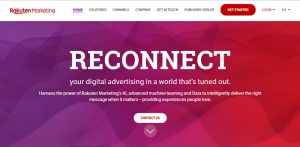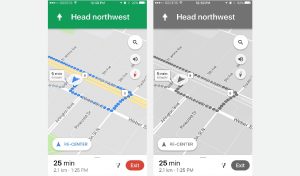If your contact center is filled with tired, stressed, irritable employees, your customers will notice. According to Gallup’s State of the American Workplace report, engaged employees are more likely to improve customer relationships, increasing sales by 20%. This statistic supports the popular truth: happy employees make for happy customers. So, step one to running a more effective contact center is focusing on your agents, first.
Contact centers like yours continue to face challenges with high turnover rates, absenteeism, and disengagement. How can you make your contact center more efficient and also keep agents engaged? It can be easy to focus all your attention as a manager on customer data and your ROI. You’re under a lot of pressure to keep things optimized.
But, you don’t have to neglect the agents keeping your contact center afloat in the meantime. Shift your focus from only the numbers. Keep people at the center of your contact center mission to better serve your agents and your customers.
We’ve put together 4 ways to support your agents and your customers for a mutual benefit across the board.
1. Understand and Invest in your Contact Center Agents’ Strengths
Nearly three-fourths of contact center agents, 74%, sit at risk for burnout, and 30% are at severe risk. While on one end of the spectrum, agents are suffering from severe burnout, on the other end, agents are experiencing boredom. A Korn Ferry survey reports that 33% of those changing jobs cite boredom as the top reason why they are leaving. How can you strike a balance to empower and keep your agents interested, without pushing them too far?
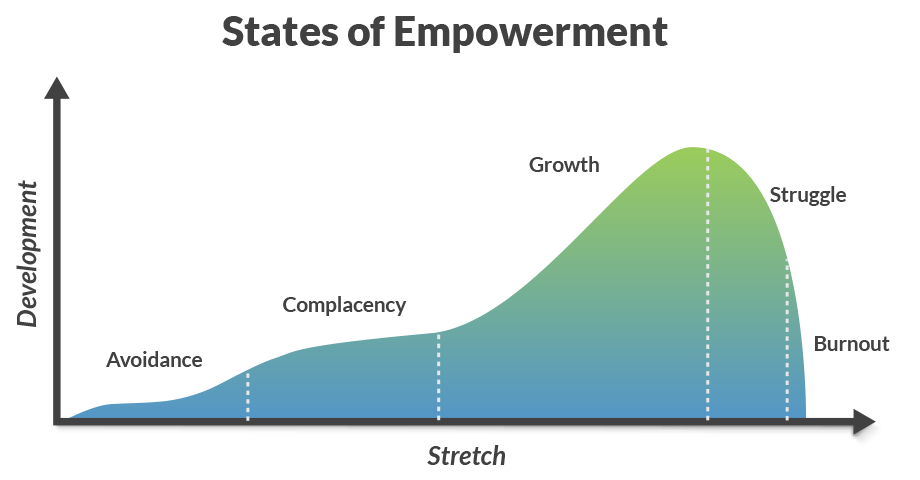
Whether your agents are burnt out or bored, it’s important to optimize workflows to increase employee engagement. Create your workflow to fit your contact center agents and effectively handle customer support with positive results.
Every agent comes to your contact center with a unique set of experiences, interests, strengths, and weaknesses. Employees are more likely to experience burnout and disengagement if placed in positions or given tasks repeatedly that don’t align with those interests and strengths. And, when your agents are stressed and disengaged, your customers notice.
Perhaps you have an agent — Anna — who has incredible attention to detail. She’s a master at tackling the kinds of product issues that require a fine-tooth comb to solve. But, she’s not so great with handling emotional customers. While you should keep training her to handle tough interactions, it’s also ok to cater her workflow toward her strong suits so she enjoys her daily work.
Assess each agent’s interests, strengths, and weaknesses as you onboard them. And, continue to keep tabs on agent performance and sentiment during your coaching conversations and 1:1s, so you can support your team’s needs.
Test New Workflows to Support Agents and Customers:
1. Organize your team to determine how customer interactions get assigned.
Set up user groups in your contact center to decide who specializes on specific customers or issues. Then, focus your training for each user group, teaching agents to become special experts so your customers always get help from the best possible person. Use skills-based training and omnichannel routing strategies to funnel customers to the agent who can solve their problem the first time around.
2. Categorize your customer inquiries.
Do customers have a sales question? Something wrong with their billing? A technical issue? Do data trends show you days of the week or time frames where customer problems often pop up? Use your analysis of customer issues and data to schedule your team appropriately.
If you know billing occurs on a set schedule, you can anticipate when there may be an increase in customer issues about billing. Then, use WFM tools to schedule your agents to make sure you have the right number (and best suited) of agents ready to tackle billing issues. This supports your agents and guarantees help for your customers.
3. Try different workflows in your contact center and ask for feedback from agents and customers.
Test out new workflows for a couple of weeks at a time. Try fresh methods to keep customer interactions moving through your contact center. Maybe this looks like organizing your agent user groups by skills instead of by channel. Then, send out a customer and agent survey. Ask customers how your service has been. Check in with agents to see if there are any hiccups or if they need more challenges.
Assess your data and the survey results. How does one strategy affect your productivity and service levels? When you pair data with behavioral trends, you’ll have a beautifully run contact center that caters to both your agents’ skills and your customers’ needs.
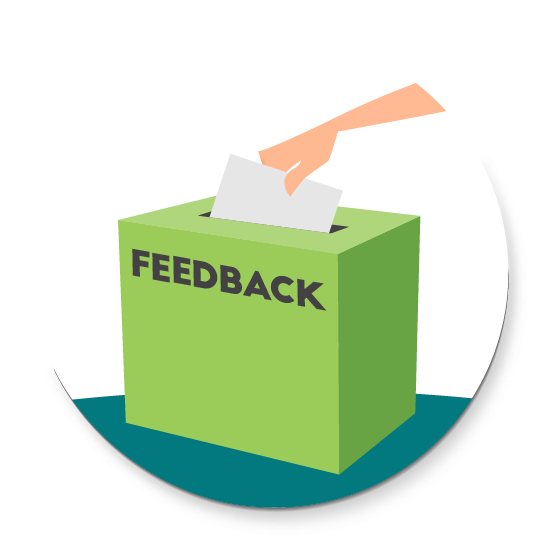
2. Enhance Contact Center Performance With Clear Data and Goals
Trust in the workplace is critical for success. According to a study in Harvard Business Review, employees at high-trust companies report:
- 74% less stress
- 50% higher productivity
- 106% more energy at work
- 13% fewer sick days
- 76% more engagement
- 29% more satisfaction in their lives
- 40% less burnout
If you’re looking to increase efficiency and support your contact center agents, build trust through transparency. One of the simplest ways to improve performance and build trust is to show your agents their data and set clear goals.
When we don’t know what to aim toward in a workday, it can be disorienting. I’ve quit jobs because I get so weary from what seems like lack of direction. Goals keep your entire organization, your team, and each employee focused. And ultimately, when your whole team is focused, you’re much better at helping customers.
Use Data to Build Transparency and Support Agents and Customers:
1. Set clear metrics to drive your team.
First, choose the contact center metrics you want to improve and focus on. Then, make your data available so your agents know how they’re performing against each metric. When your team can see their performance daily, they know how they’ve helped customers and where they can improve. And remember, when you set your metrics, help your team understand why they’re being measured with certain KPIs. Keep your metrics visible on each agents’ dashboard, and inform your team on how each metric impacts your most important outcomes.
2. Establish S.M.A.R.T goals with each agent so they know how they can grow.
Work with your supervisors and agents to set benchmarks for growth each quarter with everyone on your team. This way, not only team goals, but their own personal goals drive their performance.

3. Clean up your Omnichannel Service for Better Contact Center Efficiency
Omnichannel technology is a game-changer for contact center efficiency. Clean up your omnichannel strategy to fit the needs of your customers, and you’ll make life easier for your employees, too. Studies found that 55% of contact centers use at least 7 channels to communicate with customers, but only 13% are fully satisfied with how they use data to manage those customers. Quality omnichannel service requires personalization and consistency across all channels.
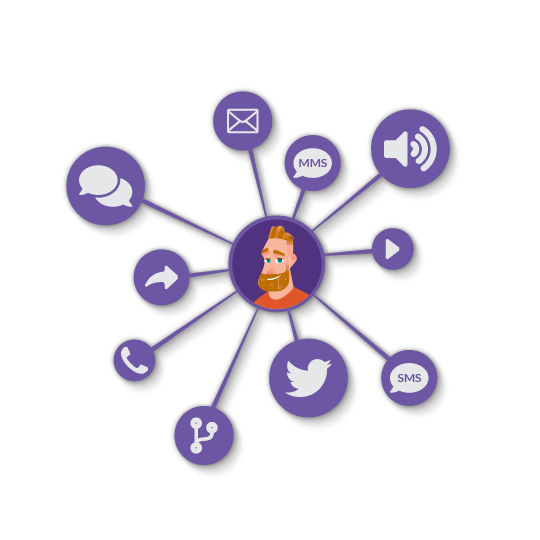
Personalization drives customer engagement. Customers want to promptly speak with someone who is knowledgeable and has the authority to help them. As I mentioned earlier, when you can align customer needs with the perfect person to help them, your customers get help efficiently, and your agents get to use their strengths.
With omnichannel best practices, streamline your technology to support you in routing customers to the help they need.
Deliver Omnichannel Service to Support Agents and Customers:
1. Keep things personal with detailed customer histories across channels.
If your customers get passed from live chat to email to phone, they shouldn’t have to repeat themselves over and over again to each new agent. With the right omnichannel tools in your contact center, you can keep customer information connected in your systems. Then, each agent can pull up customer info and get the context of the customer relationship before speaking with them. This empowers your agents to confidently speak to a customer’s situation and makes the interaction more personal and smooth.
2. Support agents who work remotely with cloud-native technology.
When you move your omnichannel systems to the cloud, your employees can work from anywhere and still get the ease of jumping from channel to channel and keeping track of customer info.
3. Empower agents to be authentic and relevant across all channels.
Through training and coaching, encourage your agents to develop their soft skills, like tone of voice, empathy, and listening. Your agents should adapt no matter the channel they’re using.
4. Engage your Contact Center Employees with Coaching and Training
It’s nearly impossible to have happy customers when your employees are unhappy. But, keep your employees happy, successful, and engaged in their work, and your customers leave satisfied. A critical part of employee engagement and success comes with consistent training and coaching. Everyone wants to grow in their career. It’s not fun staying stagnant.
Make training and coaching a priority to encourage agent growth and help them to better help your customers.
Keep Training and Coaching Consistent to Support Agents and Customers:
1. Make training part of your culture.
Your employees want to grow and gain new skills that help them succeed. . Make training and coaching ongoing, no matter how long an employee has been working for you.
2. Have consistent and productive 1:1s and training sessions with employees.
Too often, training stops when onboarding stops. But, we all need a push beyond the first 30 days on the job. Set up a training schedule for all employees to get refreshers and take assessments throughout the year. Coach and train in employee 1:1s, giving specific attention to the needs and challenges of each employee. Keep your meeting structured and organized and always come prepared to better use your time and your agents’.
3. Use technology to streamline your training and coaching.
Through helpful tools, make life easier on yourself by investing in contact center technology that allows you to give quality coaching tips and feedback to agents efficiently. Through Speech Analytics, In-line training, and Agent Scorecards, you can address your employees’ development from anywhere and quickly. Give agents in the moment feedback on their daily customer interactions.
Business & Finance Articles on Business 2 Community
(92)
Report Post





